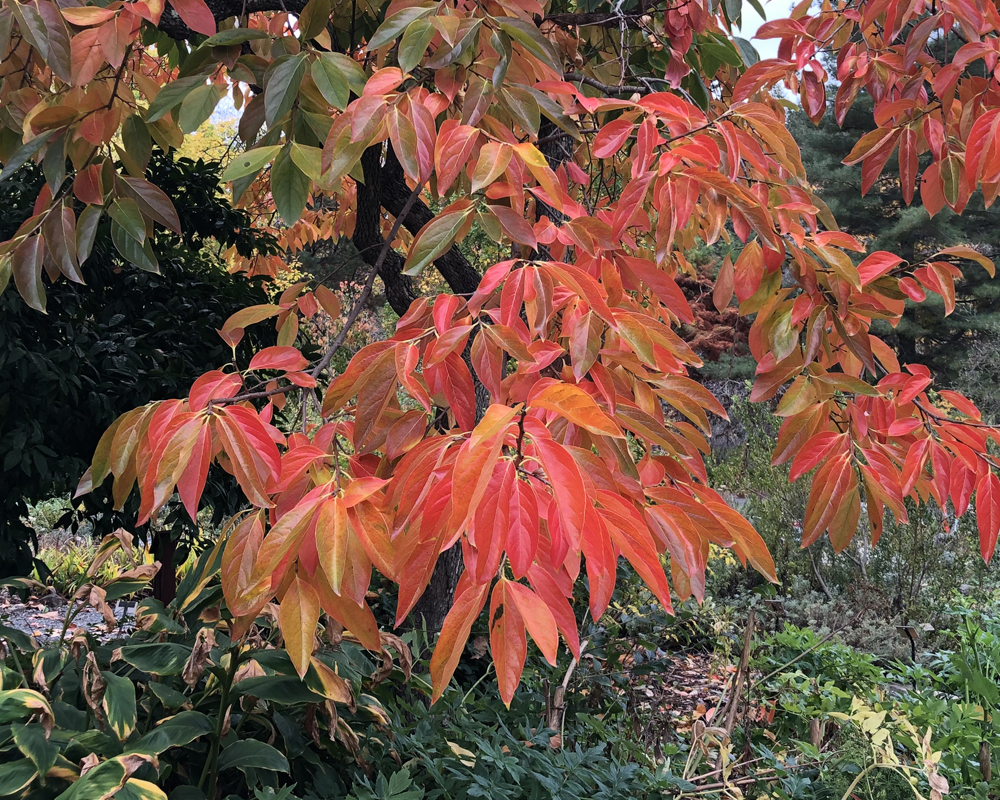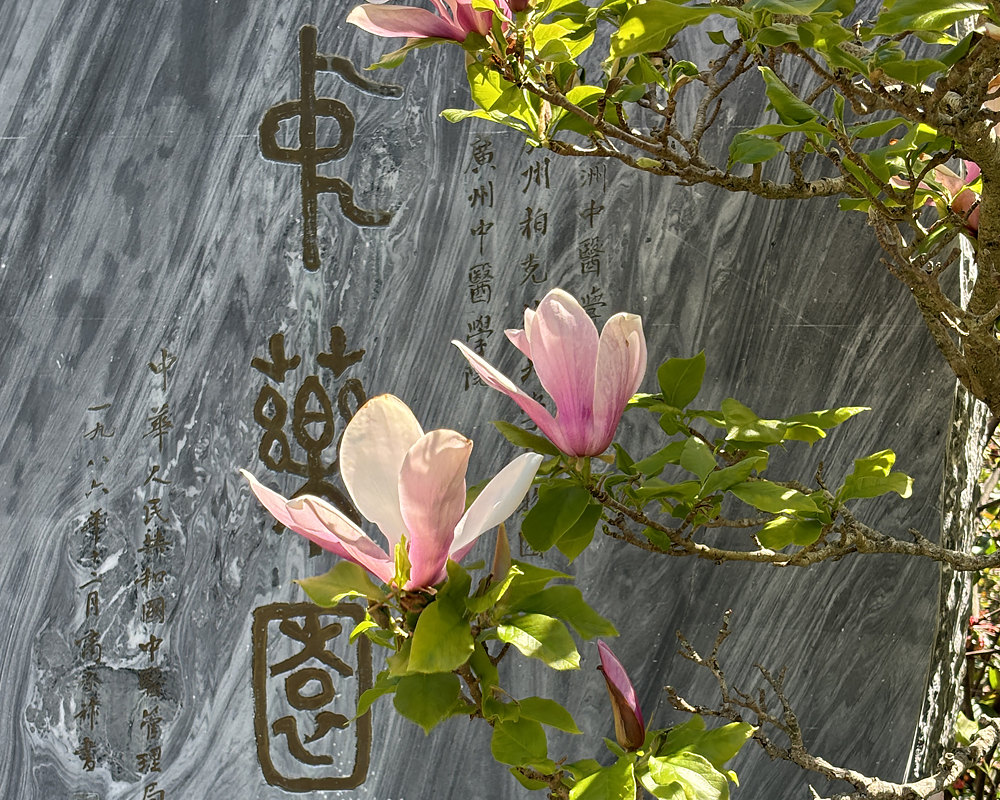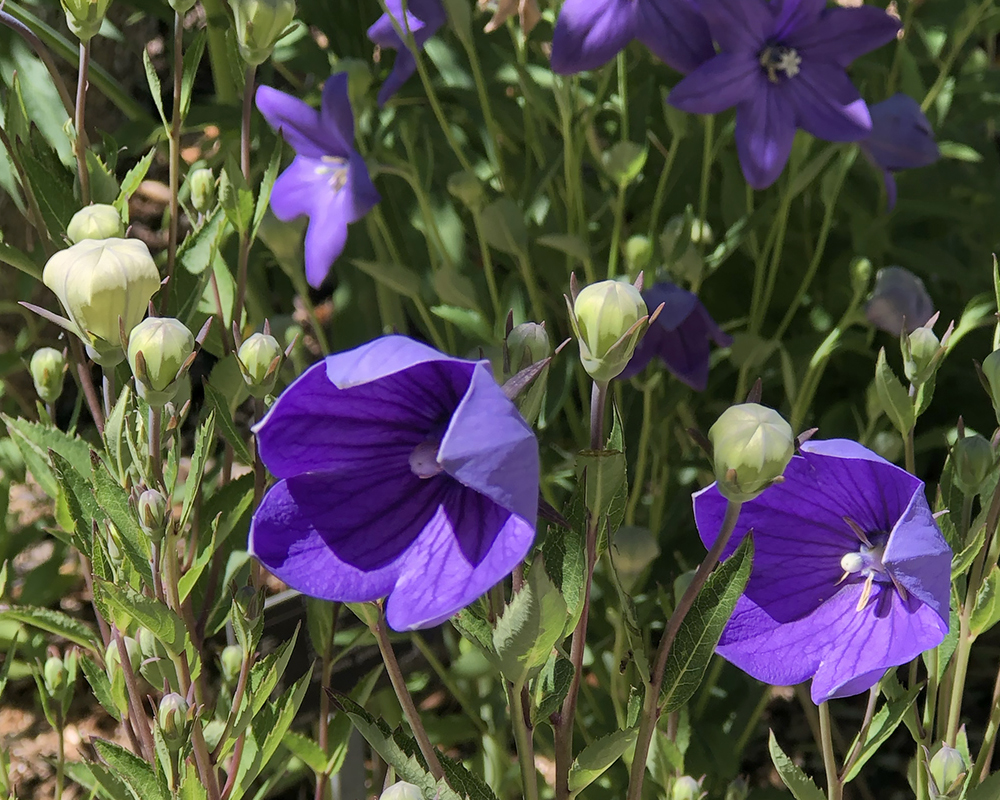
Chinese Medicinal Herb Garden
The Chinese Medicinal Herb Garden is a living example of over two millennia of medical history. Our Garden’s special collection of more than 100 herbs commonly used in the practice of traditional Chinese medicine allows for study of the herbs in living form and is extensively visited and toured for that purpose.
The first writings of traditional Chinese medicine date back to 200 BC, and classical Chinese texts mention these herbs over many centuries. Although such gardens are common at medical colleges in China, most practitioners and students here in the U.S. are familiar only with dried plants.
How to Experience the Chinese Medicinal Herb Garden
In the Chinese traditional framework, medicinal herbs operate on a series of health and wellness axes, and this garden is designed to illustrate this ancient system of thought and scholarship. Practitioners, patients, and casual visitors can learn by walking through this area and observing living plants grouped by their class of functions, indicated by signs displayed in the beds. The plant labels in this garden are specialized to the area, indicating many aspects of each herb’s use and nomenclature. While the garden is by no means a comprehensive display of traditional Chinese medicinal herbs, it offers a window into a well-curated selection of plants and their functions.
This collection is the only U.S. medicinal garden arranged by the traditional Chinese medicine’s function groups; sixteen of the eighteen functions are represented. Each function group has an identifying sign on a post and each plant has a label listing the function group, scientific name, symptoms treated, plant part used, Chinese medicinal name, and a transliteration.
The functions include surface relieving; purging; clearing heat; promoting the flow of water; eliminating wind and damp; warming interior and eliminating cold; dissolving wetness; regulating Qi; regulating blood; tonifying and nurturing; astringents; pacifying the spirit; dissolving phlegm and relieving cough; removing congestion; parasiticides; and anti-cancer. The functions of opening orifices and external uses are not represented.
Collection Highlights
The anchor and centerpiece of this garden is visible from a distance and dramatically changeable throughout the seasons. The persimmon tree, (Diospyros kaki), displays a bare umbrella of winter branches, brilliant green spring foliage, and blazing orange fruit and red fall colors.
Framing the stone monument is Magnolia liliiflora, displaying pink and white flowers in the spring on its lichen-laced branches. And the periwinkle-blue blossoms of the balloonflower (Platycodon grandiflorus) is a summertime treat in the shade of the hawthorn tree (Crataegus tripartita).
History
This collection was developed through a cooperative effort of the American College of Traditional Chinese Medicine in San Francisco; the Guangzhou College of Traditional Chinese Medicine (now the Guangzhou University of Chinese Medicine) in Guangzhou, China; and the University of California Botanical Garden at Berkeley. Professor Xu Hong-hua of the Guangzhou College designed the garden, which was dedicated on June 6, 1987.
We invite you to wander through this unique area but please don’t harvest or consume any part of these plants. Medicinal herbs should be used only under the guidance of trained practitioners.
Banner photo: Saxon Holt



